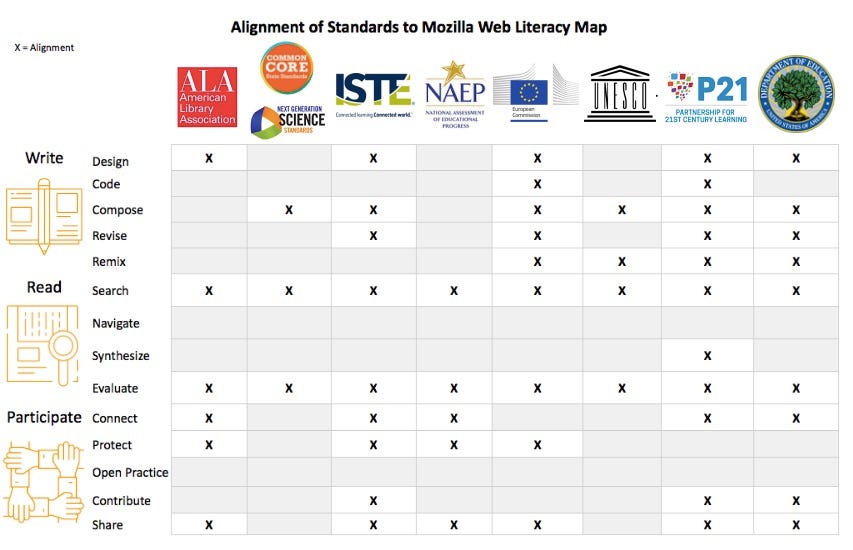digital badges in academic libraries
David Demaine, S., Lemmer, C. A., Keele, B. J., & Alcasid, H. (2015). Using Digital Badges to Enhance Research Instruction in Academic Libraries. In B. L. Eden (Ed.), Enhancing Teaching and Learning in the 21st-Century Academic Library: Successful Innovations That Make a Difference (2015th ed.). Retrieved from https://papers.ssrn.com/sol3/papers.cfm?abstract_id=2882671
At their best, badges can create a sort of interactive e-resume.
the librarian may be invited into the classroom, or the students may be sent to the Iibrary for a single research lesson on databases and search tem1s- not enough for truly high-quality research. A better alternative may be that the professor require the students to complete a series of badges- designed, implemented, and managed by the librarian- that build thorough research skills and ultimately produce a better paper.
Meta- badges are s impl y badges that indicate comp letion o f multiple related badges.
Authentication (determining that the badge has not been altered) and validation/verification (checking that the badge has actually been earned and issued by the stated issuer) are major concerns. lt is also important, particularly in the academic context, to make sure that the badge does not come to replace the learning it represents. A badge is a symbol that other skills and knowledge exist in this individual’s portfolio of skills and talents. Therefore, badges awarded in the educational context must reflect time and effort and be based on vetted standards, or they will become empty symbols
Digital credentialing recognizes “learning of many kinds which are acquired beyond formal education institutions .. . ; it proliferates and disperses author- ity over what learning to recognize; and it provides a means of translation and commensuration across multiple spheres” (Oineck, 2012, p. I)
University digital badge projects are rarely a top-down undertaking. Typi- cally, digital badge programs arise from collaborative efforts “of people agi- tating from the middle” (Raths, 2013).

